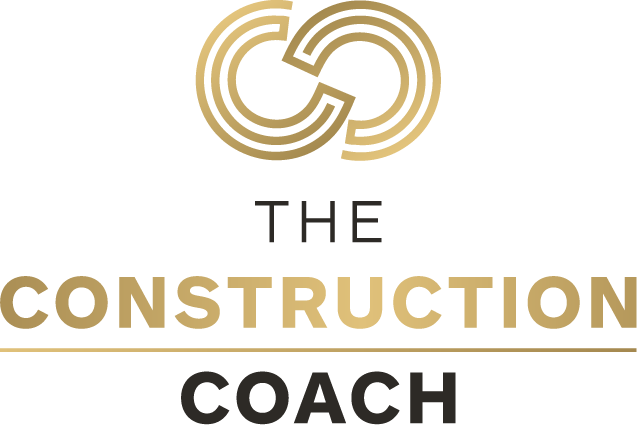Project Success Metrics
No mater the size or type of a project, no mater the scale, in construction success boils down to four things. Schedule, Budget, and Quality and Safety. They are often measured through KPI’s or other metrics, but they remain the keys to how well you’re doing, and if you are on plan or not.
These four need to be balanced in order to make a profit, build a reputation, and scale up your organization.
It has been said, “Do you want it fast; do you want it good, or do you want it cheap? Pick two, because I can’t give you all four.” To an extent that statement is true, as leaders in the industry it becomes our responsibility to ensure that a clear balance is in place between them.
Schedule is often number one. The quicker and more efficiently something is done, the more profit you can make, the lower your costs and overhead will be. Being on schedule will prevent liquidated damages from kicking in, and, once you’ve reached substantial completion, the clock is ticking to release hold back payments.This will free up capital for future endeavors.
However, you must never ever sacrifice safety, just to keep on schedule. A safe worker is a productive worker, a positive worker, so always keep your employees safe.
On one tunnel job, I realized that the slip form could be stripped, reset and poured quicker. The problem was that with such tight design tolerances, we had to drill and epoxy in 30-40% of the anchors, because they just wouldn’t line up with the pockets on the formwork. The solution? We moved the formwork, (a 15-meter-longby 6.3-meter diameter slip form) 150-mm out of its planned sequence and added plates and strong-backs to carry to load back to the pockets. Now, the anchor points were lined up with longer gaps, which meant we didn’t have to drill in anchors anymore.With this modification we were able to double the production of that formwork and then modify the anchor locations in the next section to match as those areas were cast ahead of us.
Look for the “pinch point”, the part of the job that is slowing you down. If you can identify those constraints and eliminate them one by one, you will achieve a balance that will allow you to finish on time or early.
You need to spend your budget intelligently. Savings equal profit. Are you penny wise, getting the smallest piece of equipment that will do the job, while being pound foolish in that it takes twice as long because of its small size? For instance, there is a certain rotary telehandler that I am in love with. Why? It is 20% more expensive to purchase than similar equipment. And even though it is one of the handiest pieces of equipment on site that can perform multiple functions, I could easily get away with a cheaper option. However, I like it because it burns 40% less fuel than its nearest competitor. Over the course of a year, it saves thousands of dollars from my budget.
There are some business cases for taking a contract where you will lose money initially, and make up any loss on future projects, change orders or add-ons. For that to work, you must know your market and be willing to take the risk. In the long run, it doesn’t make sense to take work where there is no profit, just to keep busy.
Quality craftsmanship is what will achieve repeat business. And, it doesn’t matter if your client is a homeowner, a business, or the municipality. If they are not satisfied, you’re not getting more work from them. Yet, if they are satisfied, word of mouth will get you more business, much more. My stock in trade is the reputation that I have built on the legacy projects that I have been a part of, and that the government agency’s are happy to have me back again for the next build, or the next series of builds.
So how can you be successful? First, know your costs. Anything that you can break down into a unit rate, a per kilogram, per ton, per lineal meter, per hour cost, all of these will help you to estimate your costs, them live within those budgetary boundaries.
Know what the industry standards are for the area of the world you are in, and make sure to read the documentation well before signing a contract or starting work. Don’t wait until the end of the job to follow a deficiency list. Run a punch list day by day, and make sure that you are 100% satisfied with the work any sub-contractor performs for you before they de-mob from site.
“Mostly, look after your people, and they will look after you. ”
With over twenty years in the Construction and Mining industries, Andrew has spent the last ten years as a Senior Superintendent for Heavy Civil and is now a General Superintendent focused on Light Rail and Subway construction in Eastern Canada. Mentoring the younger generation of leaders has become his passion, and he enjoys the challenge of managing people and helping them achieve their goals, while enjoying writing and speaking publicly about the


